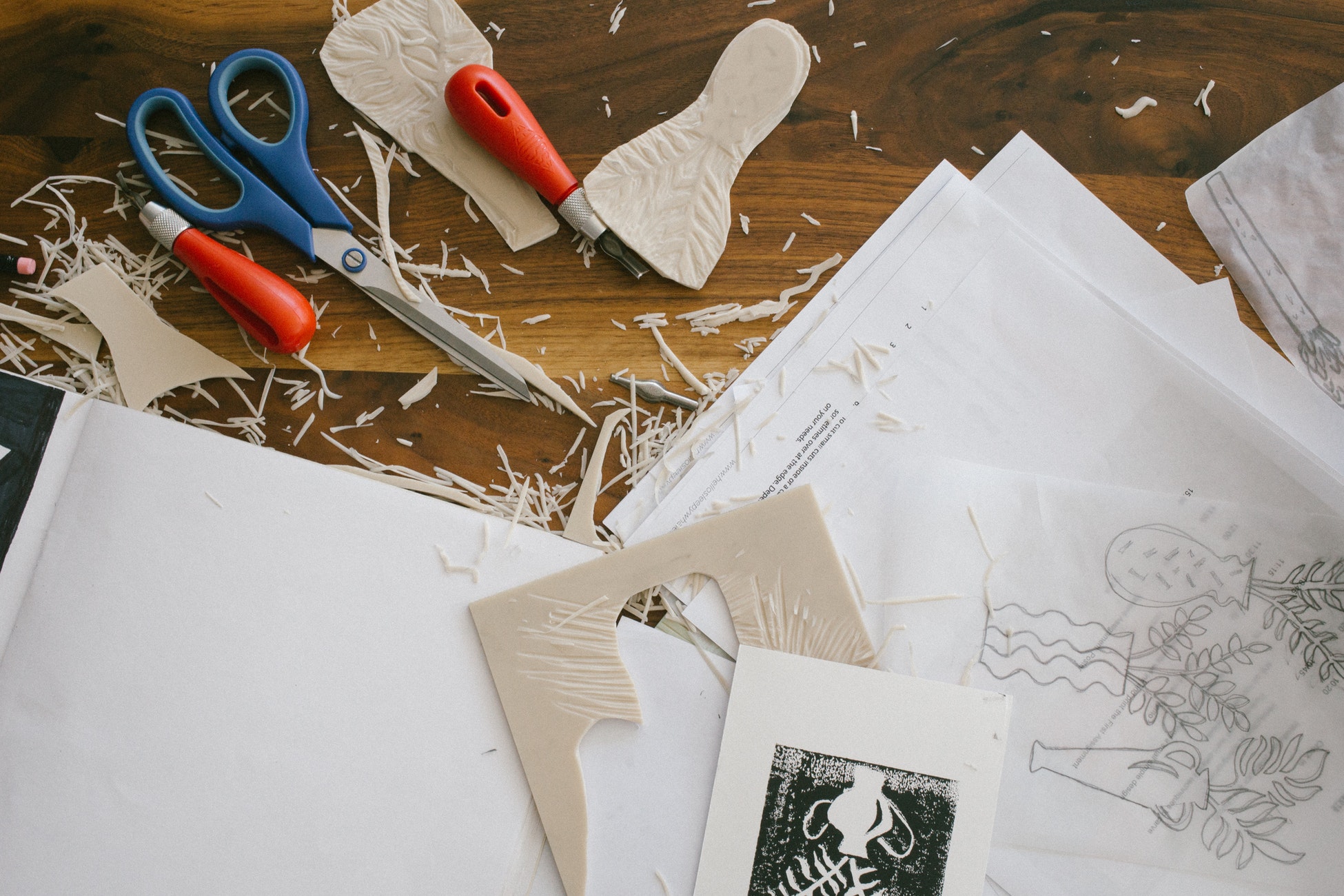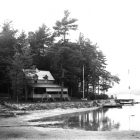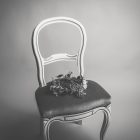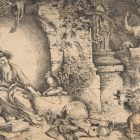The Artist’s Statement—How Visual Artists Find and Use Voice

If there is one thing artists of all types covet, it’s authenticity of voice. Voice is an intangible but discernible sensibility that threads through and ties together a body of work. It can be loud or quiet, but we always feel it.
Visual artists have a special tool for finding and honing voice called, “the artistic statement.” We hate writing them; they are difficult to do, but a serious artist makes a regular practice of crafting one.
As an artist, the artistic statement requires me to step back from my entire body of work and ask, what themes am I examining? What is my work about? What is the aesthetic that I am exploring?
Authenticity of voice can only come from authentic work. And authentic work doesn’t come from the head; it’s an outgrowth of authentic feeling. Overthinking work can destroy it. If Jackson Pollock questioned what he was doing, you’d see it and feel it in his work.
Honesty of feeling is more important than technical skill. Singers like Tom Waits and Janis Joplin who have raw, unpolished voices transcend any technical imperfections with searing purity of emotion. The same is true for writers. Technical proficiency in reading and writing does not make a writer. A case in point: I am dyslexic. Anne Rice and John Irving are too.
Human beings are surprisingly adept at recognizing authenticity. They know it when they see or feel it, and the opposite is true. In artistic terms, if a painting or drawing lacks authenticity, we call it a rendering. The artist is simply copying what they see. There is no interpretation and no feeling.
Douglas Coupland—who is equally recognized for his visual work and his writing—had this insight:
The big deal in writing is ‘rendering,’ which is fine, but that’s all it seems to be about most of the time. It’s like paintings of wolves and eagles. No one’s disputing that it might be good rendering, but it says nothing about our culture and has no transformative capacity.
In other words, it has no voice.
The artist’s voice should be plainly seen in everything she does. When I first encountered Flannery O’Connor’s cartoons, what impressed me most was not so much the drawings, although they are extraordinary, but the fact that I could clearly see her writing style in her artwork. I could identify Flannery O’Connor’s voice, the wit and gothic tenor unmistakably hers.
I classify my own voice as comic realism. It is a heightened, stylized wryness that plunges into darkness. It permeates my artwork, my writing, and just about everything I do. It’s a sensibility that feels imbedded in my DNA.
What themes am I examining? What is my work about? What is the aesthetic that I am exploring? Over the course of my artistic career I have answered these questions countless times in countless artistic statements. As my work deepens and grows, the practice of writing these statements has helped me define, refine and find my voice. I am in the middle, once again, of revising mine, but writers should take their cue. Here is my current artistic statement. Where is yours?



